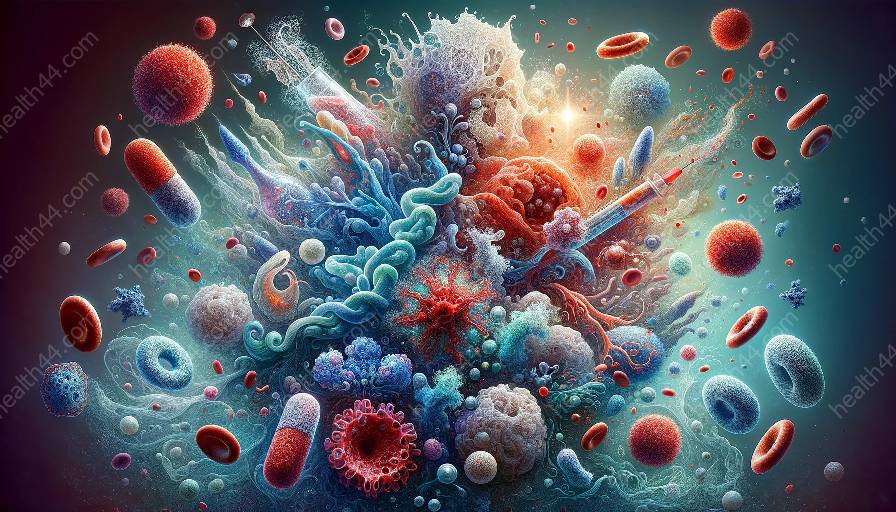Understanding the process of antigen presentation and recognition by T cells and B cells is crucial for comprehending immunopathology and immunology. Learn about the intricate mechanisms and interactions involved in this essential immune response.
Antigen Presentation and Recognition
Antigen presentation and recognition are fundamental processes in immunology that play a crucial role in the body's immune response. Antigens are molecules capable of eliciting an immune response, and they are recognized by the immune system through a complex process involving T cells and B cells.
B Cells and Antigen Recognition
B cells are a type of white blood cell that plays a central role in the adaptive immune response. When B cells encounter an antigen that matches their specific receptor, they become activated and undergo a process called clonal selection. During clonal selection, B cells proliferate and differentiate into plasma cells, which are responsible for producing and secreting large amounts of antibodies that specifically recognize and bind to the antigen.
T Cells and Antigen Recognition
T cells are another crucial component of the adaptive immune system. Two main types of T cells, known as helper T cells and cytotoxic T cells, are involved in antigen recognition. When a pathogen invades the body and infects cells, the infected cells present small protein fragments from the pathogen (antigens) on their surface, which are recognized by T cells. Helper T cells recognize these antigens and play a key role in coordinating the immune response by secreting signaling molecules called cytokines. On the other hand, cytotoxic T cells identify and directly kill infected cells presenting the specific antigens.
Antigen Presentation
Antigen presentation is the process by which antigens are displayed to immune cells for recognition. This process involves specialized cells known as antigen-presenting cells (APCs), such as dendritic cells, macrophages, and B cells. APCs phagocytose pathogens and then present fragments of the pathogens' proteins (antigens) on their cell surface, bound to proteins called major histocompatibility complex (MHC) molecules.
MHC Class I and II Molecules
There are two main classes of MHC molecules: MHC class I and MHC class II. MHC class I molecules are expressed on the surface of all nucleated cells and present antigens derived from within the cell, such as viral or tumor antigens, to cytotoxic T cells. On the other hand, MHC class II molecules are expressed on the surface of APCs and present antigens obtained from outside the cell to helper T cells.
Affinity and Specificity
The interaction between antigens and the receptors on T and B cells is characterized by both affinity and specificity. Affinity refers to the strength of binding between the antigen and its receptor, while specificity refers to the selective recognition of a particular antigen by a corresponding receptor. The high affinity and specificity of antigen binding allow for a targeted and effective immune response.
Immunopathology Implications
Understanding the process of antigen presentation and recognition is essential in the context of immunopathology. Dysregulation of antigen presentation and recognition can lead to autoimmune diseases, where the immune system mistakenly targets self-antigens, as well as immunodeficiencies, where the immune system fails to recognize and eliminate pathogens effectively.
Autoimmunity and Immunodeficiency
Autoimmune diseases, such as rheumatoid arthritis, systemic lupus erythematosus, and multiple sclerosis, involve the breakdown of self-tolerance, leading to the recognition and attack of self-antigens by the immune system. On the other hand, immunodeficiencies, such as acquired immunodeficiency syndrome (AIDS) and severe combined immunodeficiency (SCID), result in compromised immune function, making individuals more susceptible to infections and other diseases.
Conclusion
The process of antigen presentation and recognition by T cells and B cells is a complex and highly regulated mechanism that is central to the adaptive immune response. Understanding the intricate interactions and molecular processes involved in this essential immune response is crucial for advancing our knowledge of immunology and immunopathology, and for developing effective therapeutic interventions to modulate the immune system.


